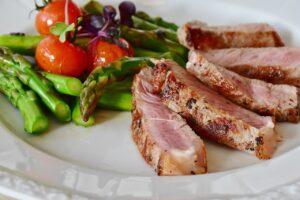Food additives are chemicals that keep foods fresh or enhance their colour, flavour or texture. A small percentage of people are sensitive to some food additives.
Common food additives are substances added to food to improve its flavor, appearance, texture, or shelf life. They can be classified into different categories, including:
- Antioxidants: Prevent foods from oxidizing, or going rancid. Examples include ascorbic acid (vitamin C) and tocopherol (vitamin E).
- Artificial sweeteners: Enhance sweetness without adding calories. Examples include aspartame, sucralose, and saccharin.
- Colors: Enhance or add color to foods. Examples include tartrazine, yellow 2G, and sunset yellow FCF.
- Emulsifiers: Help keep fats and oils dispersed in water-based foods. Examples include soy lecithin and xanthan gum.
- Flavor enhancers: Intensify the flavor of foods. Examples include monosodium glutamate (MSG) and autolyzed yeast extract.
- Humectants: Keep foods moist. Examples include glycerin and sorbitol.
- Preservatives: Stop microbes from multiplying and spoiling food. Examples include sodium benzoate and potassium sorbate.
- Stabilizers and thickeners: Improve the texture and consistency of foods. Examples include guar gum and carrageenan.





